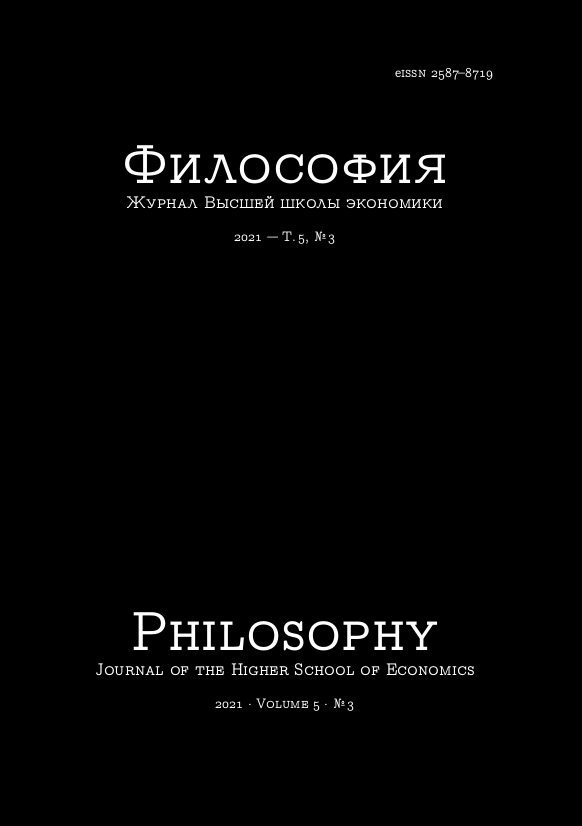Цветовое конструирование действительности в романе Достоевского «Преступление и наказание»
семантика бледного цвета
Аннотация
В статье предпринята попытка смоделировать образ того, что могло быть миром бледного цвета в романе Ф.М. Достоевского «Преступление и наказание», включая все составляющие: лексику, название и значение цвета, коды, которые лежат в основе (культурные, государственно-правовые, социальные и пр.), нормативные правовые акты того времени, государственно-правовые идеи. Внимание в статье уделяется бледному цвету: определяется его герменевтическое поле, выявляются первичный (буквальный) и вторичный (иносказательный) смыслы. Ключом декодирования цветового кода в романе Ф.М. Достоевского «Преступление и наказание» выступает трактат И.В. Гете «Учение о цвете. Теория познания», в частности, прослеживается взаимосвязь бледного цвета с желтым и синим/голубым цветами, дается их интерпретация, отмечается слабая интенсивность синего/голубого и особенная насыщенность желтого. Делается вывод о возможности рассматривать бледный цвет в качестве знака при анализе отдельных сцен в романе. Обозначаются методологические и гносеологические трудности при декодировании и интерпретации бледного цвета в лексико-семантическом поле романа. Обращается внимание на необходимость изучения и реконструкции исторических условий создания литературного произведения для определения особенностей конституирования его смысла, для релевантного восприятия и интерпретации бледного цвета.
Скачивания
Copyright (c) 2021 Философия. Журнал Высшей школы экономики

Это произведение доступно по лицензии Creative Commons «Attribution-NonCommercial» («Атрибуция — Некоммерческое использование») 4.0 Всемирная.






